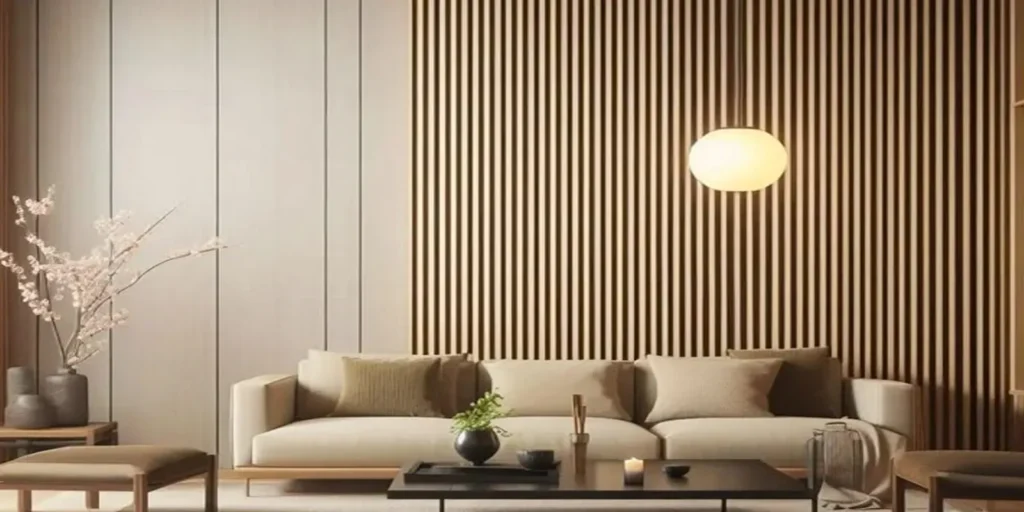
I. Material Composition and Fundamental Differences
| Comparison Dimension | Aluminum Fencing | WPC Fencing |
|---|---|---|
| Core Material | Aluminum alloy (aluminum as main component, added with magnesium, silicon, etc.) | Wood-plastic composite (wood fibers + plastic + additives) |
| Material Characteristics | Metallic texture, low density (approx. 2.7g/cm³) | Imitation wood texture, higher density (approx. 1.2-1.6g/cm³) |
| Environmental Attributes | 100% recyclable, low regeneration energy consumption | Partially recyclable (plastic components may contain PVC, etc.), fossil fuel consumption in production |
II. Performance Comparison: Durability and Functionality
1. Corrosion Resistance and Aging Resistance
- Aluminum Fencing:
The surface naturally forms a dense aluminum oxide film, showing extremely strong resistance to rainwater, salt, acids, and alkalis. It is especially suitable for coastal areas, humid environments, or industrial pollution zones, with no rust or fading after long-term use, and a service life of over 20-30 years. - WPC Fencing:
The plastic component provides water resistance, but long-term exposure to ultraviolet rays and high temperatures may cause fading, cracking, or surface pulverization. Its weather resistance is slightly weaker than aluminum, with a general service life of 10-15 years (high-quality products can reach 20 years).
2. Strength and Impact Resistance
- Aluminum Fencing:
Lightweight yet high-strength (strength up to 150-300MPa). High-rigidity structures can be customized through extrusion molding, with strong wind pressure and impact resistance, not easy to deform, suitable for safety-critical scenarios (e.g., high-rise balconies, public areas). - WPC Fencing:
Medium strength (bending strength approx. 30-50MPa), better impact resistance than wood, but may fracture or dent under strong impact, more suitable for low-risk protection scenarios (e.g., gardens, courtyards).
3. Weight and Installation Convenience
- Aluminum Fencing:
Lightweight (approx. 1/3 the weight of steel), modular design (bolt connection), no welding required for installation, high construction efficiency, suitable for rapid assembly or complex terrains. - WPC Fencing:
Weight between wood and metal, requires special screws for fixing, some products need on-site cutting or drilling, installation steps are slightly more complicated, with higher requirements for construction accuracy.
4. Maintenance Cost
- Aluminum Fencing:
Only needs regular cleaning with water, no painting or anti-corrosion treatment required, with extremely low maintenance cost (annual maintenance cost is about 1/5 of WPC). - WPC Fencing:
Requires regular cleaning of surface stains to avoid long-term dust accumulation; may need to apply UV protection agent every 2-3 years under UV radiation to prevent fading and aging.
III. Appearance and Design Flexibility
1. Visual Style
- Aluminum Fencing:
- Diverse surface treatments (powder coating, fluorocarbon painting, anodizing), wide range of color options (matte black, champagne gold, wood grain transfer, etc.), can simulate metallic texture or wood-like effect, suitable for modern, minimalist, or high-end architectural styles.
- Flexible in modeling, can customize complex structures such as hollowing, carving, and geometric lines, combining decorativeness and transparency.
- WPC Fencing:
- Natural wood-like texture, colors are mostly log color, dark brown, carbonized color, etc., suitable for pastoral, Nordic, or natural-style courtyards, visually closer to wood texture.
- Modeling is limited by molds, complex carving costs are high, common styles are picket fences and panel fences.
2. Texture and Touch
- Aluminum Fencing:
Metal touch is cool, surface is smooth (after spraying) or with metallic texture, no fading or roughness after long-term use. - WPC Fencing:
Imitation wood touch is warm, surface has wood grain 凹凸感 (concave-convex texture), but long-term use may cause texture blurring due to wear.
IV. Cost and Cost-effectiveness
| Comparison Dimension | Aluminum Fencing | WPC Fencing |
|---|---|---|
| Initial Purchase Cost | Higher (material and processing cost is about 1.5-2 times that of WPC) | Lower (close to the price of high-quality wood, about 50-70% of aluminum) |
| Long-term Use Cost | Low (less maintenance, long life, lower total cycle cost) | Medium (requires regular maintenance, shorter life, may need replacement in 10-15 years) |
| Cost-effectiveness | Suitable for long-term projects pursuing durability and low maintenance | Suitable for scenarios with limited budget and short-term aesthetic focus |
V. Application Scenario Adaptability
- Aluminum Fencing is more suitable for:
- High-end residences: Villa courtyards, seaside houses (salt spray resistance);
- Commercial/public areas: Office buildings, hotels, schools (high safety, beautiful image);
- Harsh environments: Coastal areas, industrial zones, high-humidity climate zones (strong weather resistance).
- WPC Fencing is more suitable for:
- Home gardens: Create natural-style courtyards at low cost, more coordinated with green plants;
- Terraces/balconies: Lightweight design, imitation wood texture enhances living warmth;
- Municipal landscapes: Parks, walkways (low maintenance, in line with environmental protection concepts).
VI. Environmental Protection and Sustainability
- Aluminum Fencing:
Metal materials can be recycled infinitely, and the energy consumption of recycled aluminum is only 5% of that of primary aluminum, in line with green building standards. Waste fencing can be transformed into other aluminum products, reducing resource waste. - WPC Fencing:
Wood fibers come from renewable resources, but plastic components (such as PE, PVC) are non-degradable, and the disposal of waste products may cause environmental pollution. Some high-end brands use recyclable plastics to improve environmental protection.
VII. Conclusion: How to Choose?
- Choose aluminum fencing if you prioritize long-term durability, low maintenance, corrosion resistance, or pursue modern high-end texture, and are willing to pay for cost-effectiveness.
- Choose WPC fencing if you prefer natural wood grain appearance, limited budget, and the use scenario is non-extreme environment (such as inland courtyards, short-term projects), as WPC balances aesthetics and cost.
